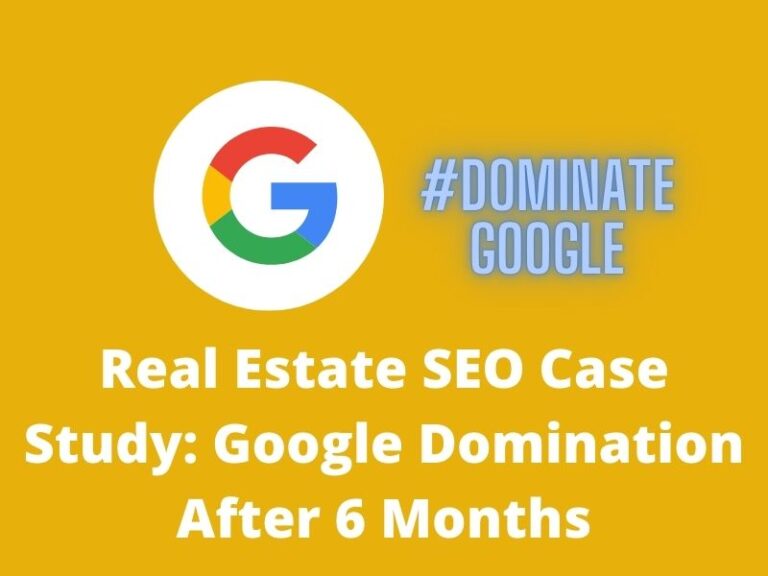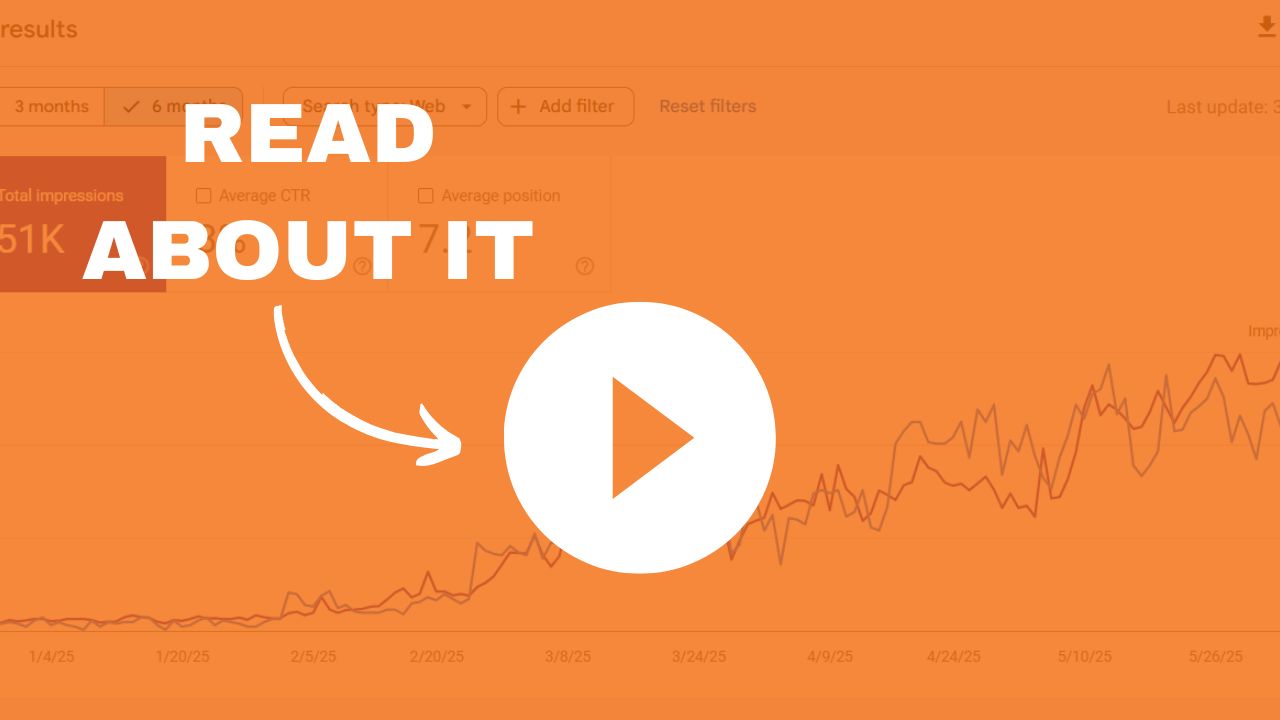1 Page Site SEO Case Study: Rank #3 on Google For a Competitive Keyword
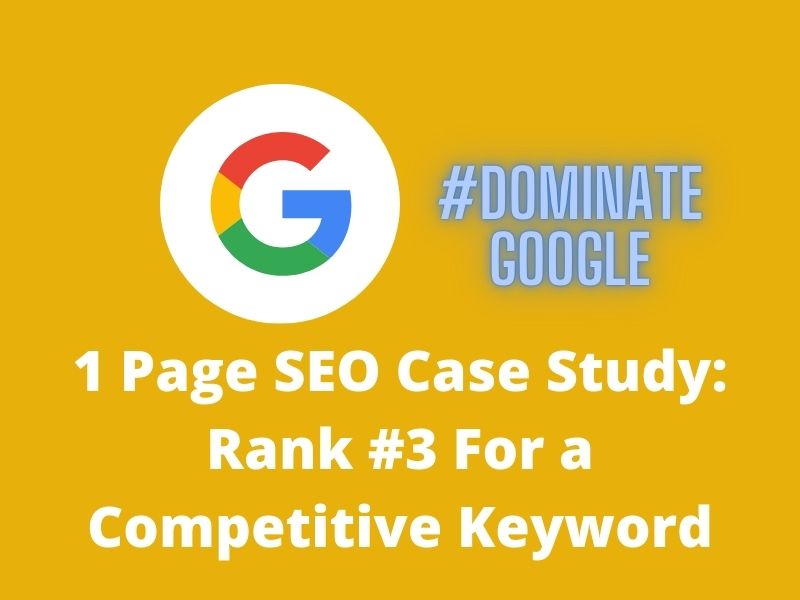
This is an SEO case study of how I managed to rank a single-page website (1-page site) for a moderately competitive keyword in SEO space #3 on Google within 3 months.
Like any other of my case studies, I won’t reveal the website and keywords for security and privacy reasons. But in this article, you will find some of my overview process of how I went about achieving the results along with various screenshots proof.

As you can see above, the KD measures how difficult a keyword likely is. Moreover, the CPC as you can see above is also quite high, suggesting that ranking this keyword in the top 3 of Google is very valuable.
Project Background
I collaborated on this project with my partner who runs a small web design and SEO agency and had the idea of ranking a single-page site for an SEO keyword, in which we were motivated partly by a fun experiment, and partly to get more clients.
We initially didn’t expect much because as you probably know, competing against other competitors who are also SEO experts is always a difficult task, especially when we are inferior in every area (the budget, the timing, the website, etc.)
Challenges
As you probably have guessed, it’s a very difficult challenge because the first page of the search result is dominated by all the top SEO agencies who have been ranking ahead of us for years, that too, with more budget every month.
We’re essentially competiting against all the big players, each with hundreds of pages and thousands of backlinks, while we were just a single-page website with hardly any budget.
It’s truly a David vs Goliath battle! But we went for it.
The Campaign
Here are the overviews of how I approached the campaign:
Technical Optimized Website
The first step into the campaign was to create a technically sound 1-page site. Nothing complicated here. Just making sure the site loads quickly, there were no technical errors, etc. A single page site shouldn’t be complicated at all from technical perspective, especially since we use WordPress, which is already SEO-friendly out of the box.
On-Page Optimization
Next up is to focus on the on-page obsessively. What I mean by “obsessively” here is to optimize each and every detail to the tee.
This includes things like:
- Heading (h1,h2 & h3) optimization
- Page structure optimization and addition of sub-topics:
By structuring the page in such a way that there are logical connections from one section to another. For example, I started the page with the introduction to service and company, followed by the services provided, then reasons to hire the company, etc. All these subtopics are important for service pages as they answer the questions related to the intent. - Sentence-level optimization using semantically relevant keywords:
By making sure that each sentence is properly optimized using semantically relevant keywords based on reverse engineering the competitors and using a proprietary tool that I created. You can use on-page tools like Surfer-SEO to help with the process. - Keyword count and variation optimization:
Making sure that I have used the right frequency of each keyword on the page. For example, the word “SEO”, I made sure to check the competitors’ average and see how many times I should use this word. You can again, use tools like Surfer SEO, but there’s really no hard rule for this. I’d like to keep it a little lower than the average to avoid over-optimization. - Design refinement and connection
One thing I’ve also done after the web design process was to refine the design elements on the page to make sure they are consistent in the flow and all the sections and areas are connected without breaking the semantic connection from one area to another. - Page topics refinement
Since it’s a one-page site, there was no opportunity for internal links or creating additional supporting pages, we then had to make sure to add as many relevant subtopics and refine them as much as possible. For this, I turned to ChatGPT to help refine the topics further and come up with more ideas later down the line.
Off-Page Optimization
Once the on-page of the site is ready, the next thing is to start looking into off-page factors.
There are only 2 main things I did to pull this campaign off:
- CTR & traffic manipulation
The big part that helps this campaign to achieve such a phenomenon result was from a very streamlined CTR manipulation technique by real humans over the course of 17 days. - Backlinks
Once the site was set to rank, I then launched 2 link-building campaigns, first was a press release 1 month after the site was launched, then built some simple 5 PBNs towards the middle of September 2024
Results
Here are some of the screenshots from Google Search Console and Ahrefs, showing that the site has achieved its results in only about 3 months:
Note: Check the traffic value – that’s huge even for little traffic!
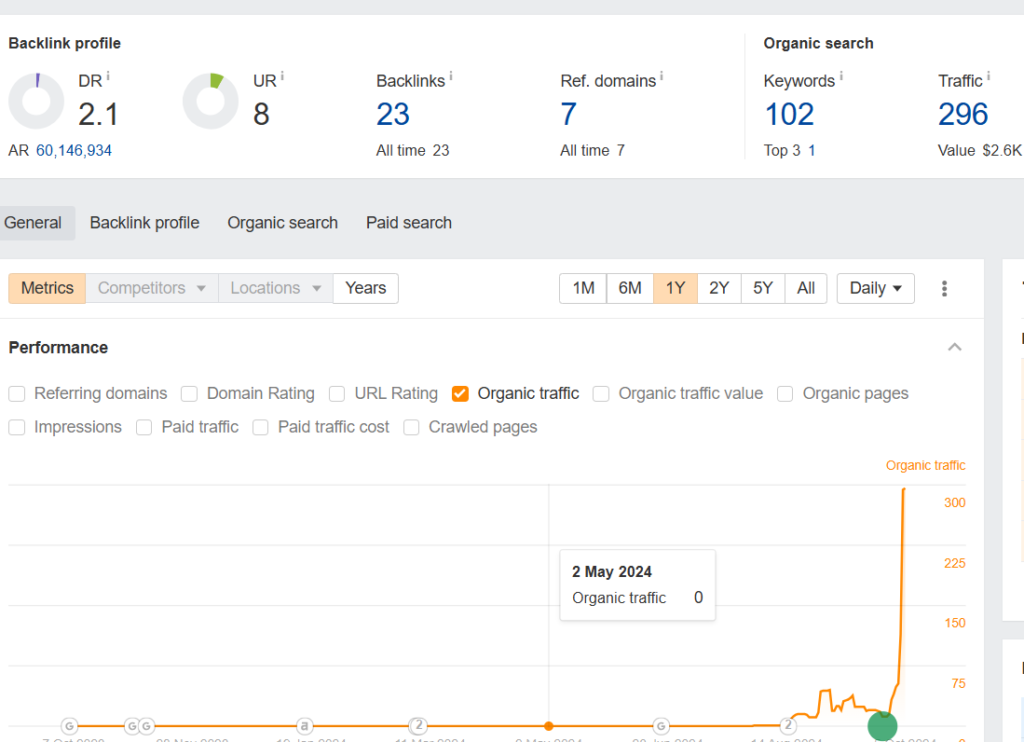
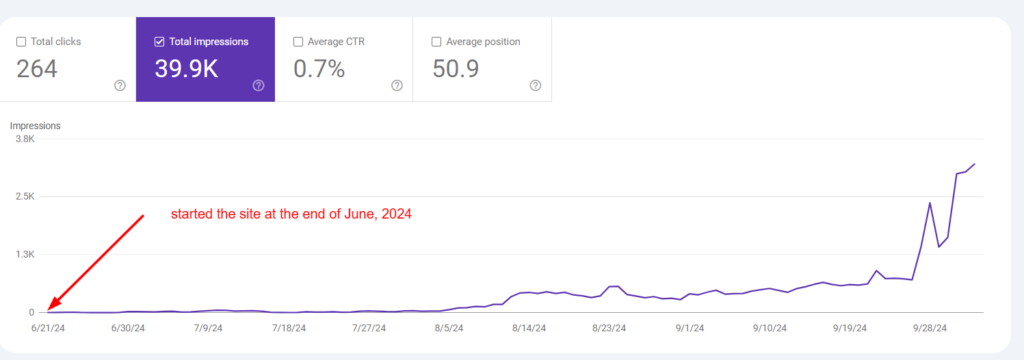
What’s Next?
The next step is to just wait and observe how everything goes. The site has been ranking #3 for over 10 days now as of writing this case study, and everything has remained stable. We haven’t done anything to it since the middle of September and the impressions and clicks are continuing to increase.
We haven’t received any conversions yet, but they’re sure to pour in very soon. This project has enlightened me and my partner on many things, helping us to work on other SEO projects in a more refined, effective way.

![[Case Study] How I Helped This Local CBD Site Quickly Grew New Site Traffic](https://techjackie.com/wp-content/uploads/2022/09/local-CBD-seo-case-study.jpg)
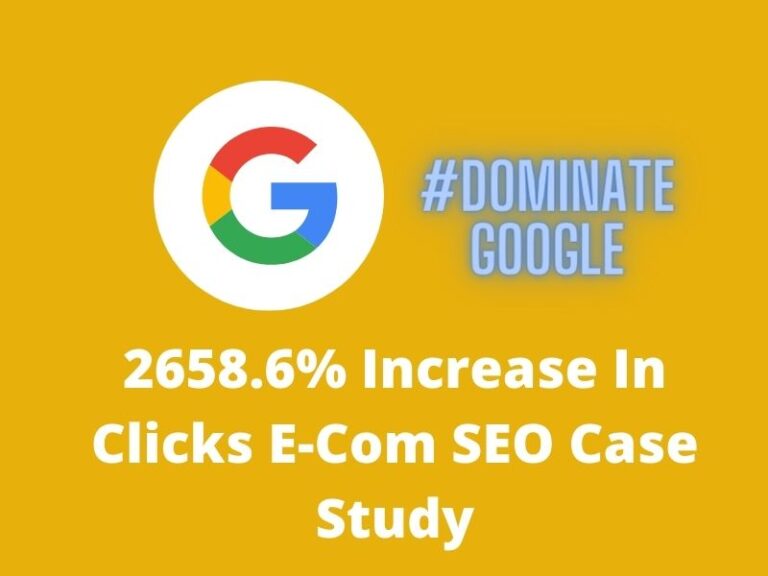
![How To Use Google Disavow Tool [Case Study + Guide]](https://techjackie.com/wp-content/uploads/2020/07/How-To-Use-Google-Disavow-Tool-Case-Study-Guide.jpg)
![CTR Manipulation: 2 SEO Case Studies [Results In 2 Weeks]](https://techjackie.com/wp-content/uploads/2022/03/ctr-manipulation-case-study.jpg)
![[Case Study] How I Helped This New E-Comm Site Dominates Rankings In Ultra-Competitive Market](https://techjackie.com/wp-content/uploads/2023/01/New-E-Commerce-Website-SEO-Case-Study-768x576.jpg)
